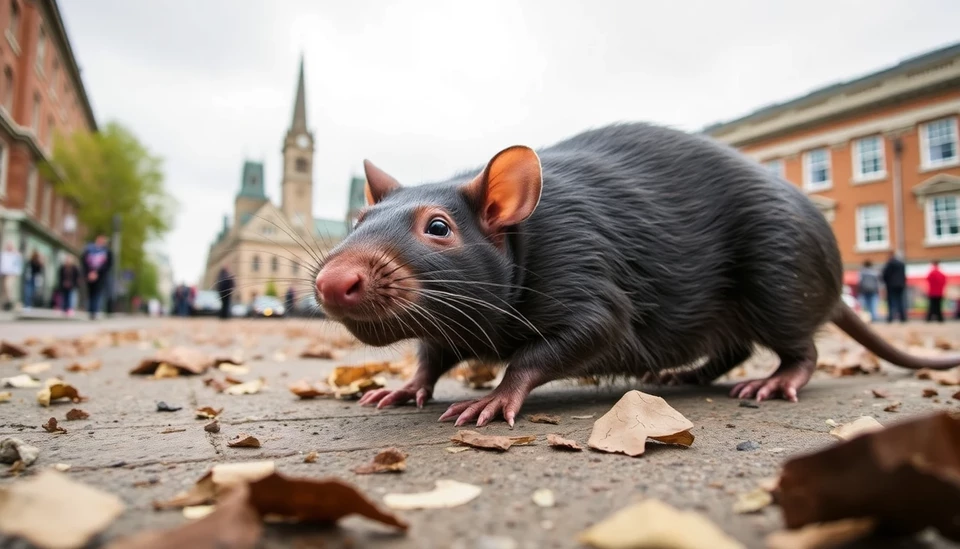
In a strange twist that underscores the complexities of urban life, Birmingham is facing an unusual challenge: an influx of giant rats. This unsettling phenomenon has sparked fears among residents and city leaders alike, drawing attention to the broader implications for the UK's aspirations for urban renewal and revitalization.
Recent reports suggest that these oversized rodents, reportedly reaching alarming sizes, have been spotted in various neighborhoods, causing panic and concern. The presence of such pests not only threatens the hygiene and safety of local communities but also raises questions regarding the city’s environmental health and urban infrastructure. As the city works diligently towards improving its image and reclaiming its status as a dynamic urban center, city officials must now confront this unexpected obstacle.
The implications extend beyond mere pest control; they touch upon the essential efforts Birmingham has been pursuing to enhance its reputation and attract investment. With initiatives in culture, education, and technology underway, the emergence of these giant rats has the potential to undermine public confidence in the city's rejuvenation plans. The irony is not lost on locals who see their dreams of renewal being undermined by an unexpected and unwelcome guest.
City managers and health officials are scrambling to respond to this troubling situation, implementing measures to address the rat population while simultaneously assuring residents about the city's revitalization goals. This precarious balancing act highlights the ongoing struggles that urban centers face as they seek to modernize while managing the persistent issues of urban decay and public health.
Experts suggest that the growing rat population can be attributed to several factors, including an increase in food waste and changes in urban wildlife management. These conditions create an inviting environment for rodents to thrive, leading to the current crisis. Moreover, climate change and urban development have altered many natural habitats, pushing wildlife—including these problematic rats—into closer proximity to human populations.
As Birmingham navigates this challenge, the outcomes could serve as a barometer for other cities in similar circumstances. The response to the rodent issue could either mark a turning point in effective urban management or demonstrate the fragility of urban renewal efforts when faced with unexpected threats. Leadership and resource allocation will be crucial as the city strategizes on how to tackle this dilemma without losing sight of its broader aspirations.
In light of these developments, residents are left to ponder what this means for their city’s future. Will Birmingham emerge stronger, having successfully dealt with its rodent issue, or will this become a significant setback in its journey toward renewal? The path ahead remains uncertain, but one thing is clear: tackling these giant rats requires holistic solutions and a renewed commitment to fostering a healthier urban ecosystem.
As Birmingham strives to reclaim its footing, it remains to be seen whether this rodent crisis will derail or spur further innovation and community engagement in urban management. With every rodent spotted, there lies an opportunity for reflection and action that could shape the city for years to come.
#Birmingham #UrbanRenewal #GiantRats #PestControl #PublicHealth #UrbanLiving #Environment #CityManagement
Author: Peter Collins
